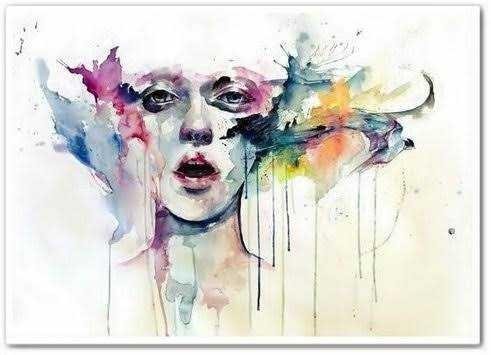ART - "HOW TO PAINT WITH watercolor
Watercolor (Watercolor) or also popularly known as aquarel is a painting medium that uses pigments with water solvents with transparent properties. Although the surface medium may vary, typically paper is used. It can also be papyrus, plastic, leather, cloth, wood, or canvas. In general, watercolor is used because of its transparency. Gouache is a kind of non-transparent medium. The work of watercolor painting is usually very expressive, or otherwise very impressive, depending on the technique used.
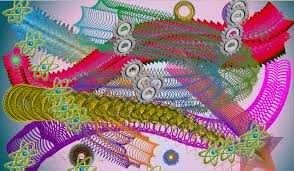
Watercolor may be quite difficult for beginners, but it will be fun and easy when you have the right equipment and basic technique of watercolor (car air). On this occasion I will discuss about basic equipment, how to paint and painting tips with watercolors.
A. Basic Equipment:
Here are basic tools in liquid painting.
Watercolor paper A4: you can buy it at the nearest art store (at Gramedia book store may also be sold). Avoid using printer or xerox paper.
Mechanical pencil: to draw the main outline
Setip / eraser: can use brand highlighter, mono, fable castel or steadler
Mechanical eraser: to remove the detail part - kenko less good, use a highlighter
Household brush or paint brush: to clean dust off
Watercolor brush size small, medium, and large - used in this tutorial is no. 7 and use a brush with a sharp tip to paint a small detail
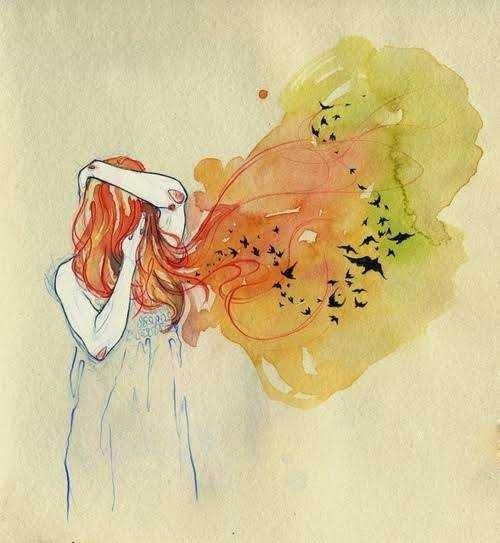
Pallets: you can also use plates or containers that are not encapsulated, but this type of palette is better.
Place of water: please use at least 2 water containers. one to clean the brush and the other to mix the paint. Do not use only one container of water, because it will be more quickly cloudy and thickened from brush washing and damaging painting when the turbid water is reused to be mixed with paint. 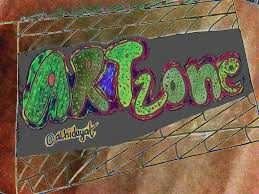
Watercolor paint: Watercolors are available in three forms: pasta, large clamps, and small clamps. Flat shape, both large and small, in the form of bowls square or a small rectangle filled with solid paint. The shape of the pasta is more comfortable to use in the studio. Colors can be removed into the palette and added with a wet brush. Flat water paint is usually used to paint outside the room because it is usually sold in a set of portability. Paint in a container is more difficult to dissolve than watercolor in the form of paste and need a little rubbing with a brush to show the color.
Color pencil: can be used to draw small details and retouching.
Tissue: a highly sought-after tool in watercolor techniques; use a large and small size tissue and its function is to clean the brush, absorb water from the brush and wet paper.
B. How to paint
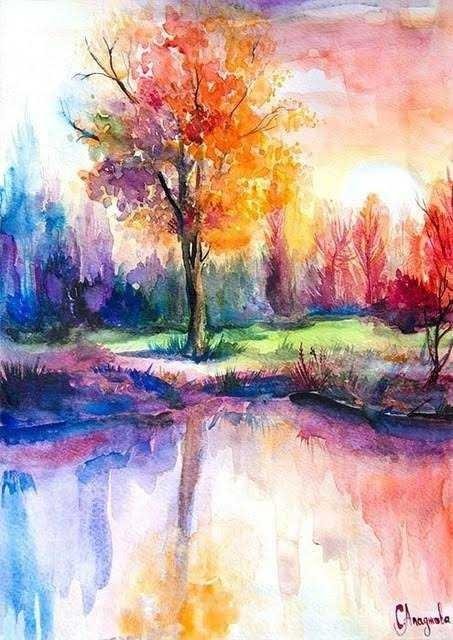
SP: if the tutorial is difficult to understand, you can see examples of the images provided and sufficient to understand the techniques being taught.
Draw a sketch on A4 drawing paper. When drawing is suggested scratch with a soft pressure so it will be easily removed when an error occurs.
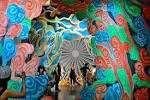
Then start staining starting from the skin. Some areas of the paper can remain white as a highlight effect
Avoid placing the hands on moist or wet surfaces
Start painting from the side, start with a light and add a slope to increase the concentration
Paint or color the sketch as desired..
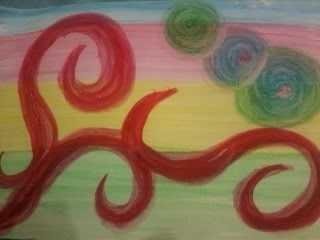
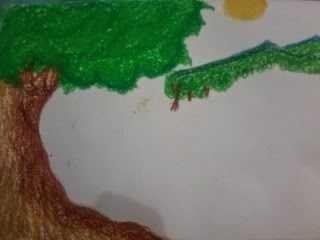
C. Tips on painting with watercolor
If done carefully and thoroughly, actually painting with watercolors is quite easy. But we must understand the techniques that exist in painting so that the results obtained are satisfactory. Here are some ways to paint with watercolors.
- Color sensation
If painted with watercolor, the resulting color will be dense when wet and will fade when dry. Therefore, be aware of the colors you have scratched on paper or canvas. Density in accordance with the wishes can be obtained, if you are diligent practice.
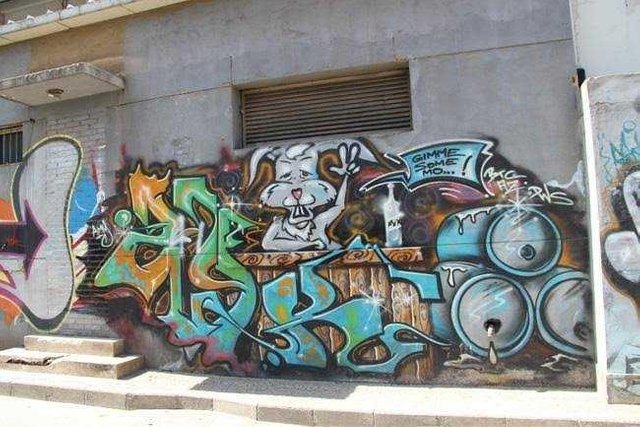
- Dry water paint can be dissolved again
Watercolor can be reconstituted even though it is dry. You can lift the dry paint that has been wasted to be used again. However, do not rub the brush too often with wet paint because it can damage the painting paper you wear. - Watercolors have transparent properties
This trait will make a mistake like a scratch will look. Therefore, get used to one of the properties of watercolors. - From light to dark
Try to color the new light section gets dark. Start with a light, then add slowly until thick. - Use a good brush
Brushes often irritate a budding artist if it has been damaged. Therefore, use a good quality brush, if you do not want to mess around with this other thing. A good brush will support the scratches you do. - Do not use too much water
This is sometimes done by accident when you finish rinse the brushes. The remaining water will be mixed with a mixture of colors to be worn. Always dry the brush after rinsing.

Some of the tips above are ways to help paint with watercolors. However, the most important thing in painting is always try and practice. Diligent try and practice will make you feel the painting you want. Always remember that every painter or artist has a distinctive feature in his work. Your own form and characteristic and do not need to feel pessimistic if different from others. The art is nothing bad as long as you pour it into it. Hopefully this information useful and good luck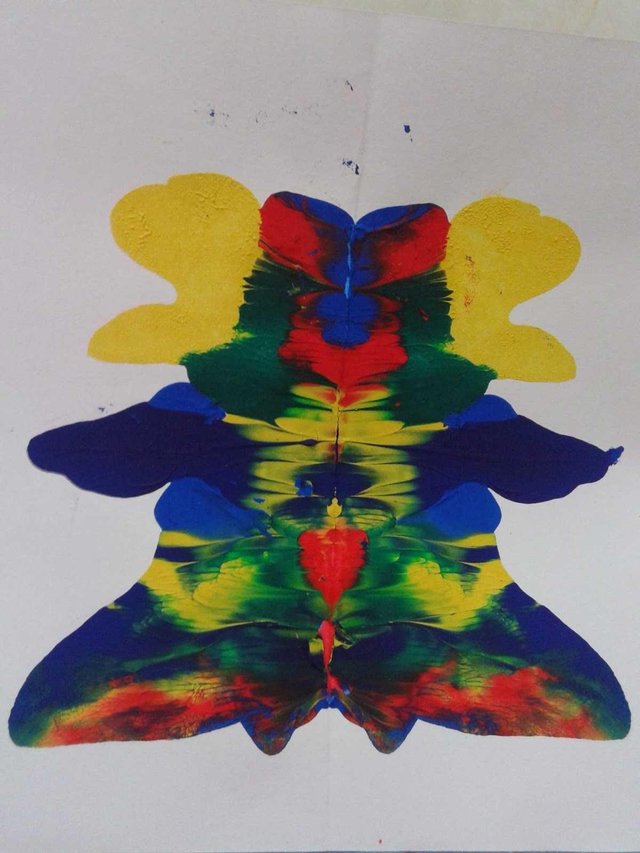
Tools and materials
Ruler
Watercolor brush
A4 size photo paper
Watercolor
How to make
Divide the paper into two equal size then folded,
Unfold, and place some watercolors directly on one of the folds of paper,
Fold / Cover again,
Place on a flat base and shape using a ruler by sliding ruler on paper by pattern (slightly pressing),
Reopen the folds of paper, and look at the results that have been formed from the color blend used.
Description of work:
From the blend of light blue, dark blue, yellow, green, and red I produced an abstract image of the fiordland penguins. Pinguin fiordland lives in the temperate rainforests of the south-west coast of South Island and Stewart Island, New Zealand. The Fiordland turtle has a thick yellow stripe that is above the eye and ends slightly dangling overhead, having a thin line on the cheek, and chin. The body length is only about 55 cm with a weight of 4 kg.

https://steemit.com/@achange-/@artzone/@art/upvote
Your voting will force your voice to give me strength.
thanks.
